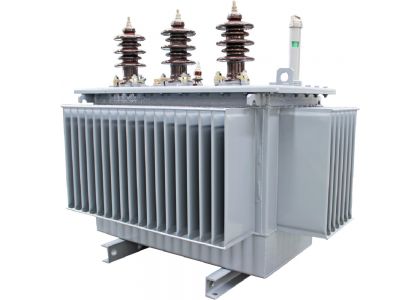
In electrical distribution and transmission systems, insulation plays a critical role in ensuring the reliability and safety of transformers. Notably, fiberglass electrical tape emerges as an essential component in the insulation strategy for transformers, particularly power transformers, where it provides vital electrical safety, thermal management, and environmental protection. This blog post will delve into the significance of fiberglass electrical tape in transformer insulation and the methods of its application to enhance transformer performance.
Insulation serves various essential purposes in transformers, ensuring they operate efficiently and safely:
Electrical Safety: Insulation acts as a barrier preventing electrical arcing and dielectric breakdown, both of which could lead to catastrophic failures and safety hazards.
Thermal Management: Insulating materials must withstand high temperatures during operation. Proper insulation, especially when using fiberglass tape, helps maintain optimal operating temperatures, which is particularly crucial in power transformers that deal with substantial voltage fluctuations.
Environmental Protection: Insulation safeguards transformer components against moisture, dust, and contaminants that can degrade performance over time.
Efficiency: Effective insulation reduces energy losses due to leakage currents, which is vital in high-performance transformers.
Various insulation materials used in transformers cater to specific operational demands. Among these, fiberglass electrical tape stands out due to its versatility and efficiency.
Solid Insulation: Materials like paper, pressboard, and polymers are often layered within windings and insulation barriers. These solids possess excellent dielectric strength and thermal stability.
Liquid Insulation: Mineral oils or synthetic alternatives function as both insulation and cooling media in oil-filled transformers. This dual role assists in maintaining performance by dissipating heat.
Gaseous Insulation: Gas-insulated transformers utilize gases like sulfur hexafluoride (SF6) for insulation, making them compact and ideal for urban locations.
To enhance insulation in transformers, various methods, including the use of fiberglass electrical tape, can be implemented during manufacturing and maintenance. Here’s how this specific tape contributes to transformer insulation:
Winding Insulation: Fiberglass electrical tape is often used to wrap insulated conductor wires. This layer enhances electrical insulation properties while preventing short circuits between turns, making it exceptionally suited for the rigorous demands of power transformers.
Insulation Coating: Once windings are assembled, applying fiberglass tape improves resistance to environmental factors, enhancing both insulation and dielectric strength.
Impregnation Techniques: Solid insulating materials, such as cellulose-based paper, can be combined with fiberglass electrical tape for enhanced moisture resistance and mechanical strength.
Sealing and Protection: The application of fiberglass electrical tape in transformer enclosure sealing prevents moisture ingress, extending the insulation lifespan and securing operational integrity.
Regular Maintenance and Testing: Ongoing testing and maintenance ensure that insulation remains effective. Using fiberglass electrical tape in repair work helps maintain the integrity of the insulation system.
Filament tape and fiberglass tape, often categorized within the broader spectrum of fiberglass electrical tape, offer unique benefits for transformer insulation. They are known for their ability to withstand extreme temperatures and mechanical stress. The high tensile strength and durability of these materials make them ideal for use in power transformers, where reliability is paramount.
Furthermore, using these tapes facilitates moisture resistance, enhancing the performance of the insulation system. By incorporating fiberglass electrical tape into transformer designs, engineers can significantly increase the safety and efficiency of the electrical distribution infrastructure.
Incorporating fiberglass electrical tape into transformer insulation not only contributes to safety and efficiency but also enhances the overall performance of transformers. The robust nature of this tape ensures that insulation systems can withstand the rigors of operation in various environments, helping to prevent failures and prolonging the lifespan of critical infrastructure. Its properties make it particularly well-suited for power transformers, which demand high levels of durability and performance.
As the electrical infrastructure demand continues to escalate, the role of fiberglass electrical tape and proper insulation methodologies will remain vital for engineers and operators entrenched in the world of transformer technology. Understanding the application and benefits of these materials is essential for maintaining a reliable and safe electrical system.
By utilizing high-quality fiberglass electrical tape and coupling it with other insulation methods, professionals in the field can future-proof transformers against evolving challenges, ensuring a robust electrical distribution network for years to come.